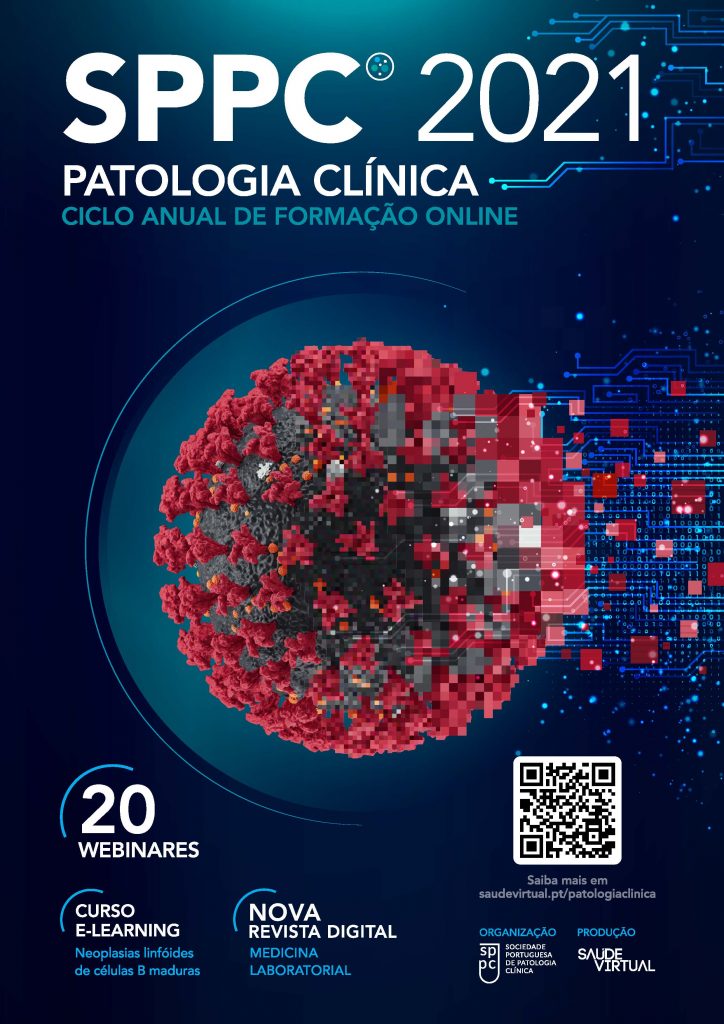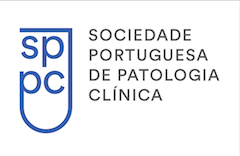CEREBRAL ABSCESS IN AN IMMUNOCOMPETENT ADULT DUE TO EIKENELLA CORRODENS AND PREVOTELLA INTERMEDIA
Evento: SPPC 2021
Poster Número: 040
Autores e Afiliações:
João A. Pinto1*; Edgar Botelho Moniz1
1- Serviço de Patologia Clínica, Centro Hospitalar e Universitário de São João, E.P.E.
Introduction
Cerebral abscess is a serious complication caused by hematogenous dissemination or direct invasion. The etiologic agents are diverse. In immunocompetent patients, bacterial infections by Streptococcus spp and Staphylococcus spp are the most common. In immunocompromised patients, fungi and other opportunistic microorganisms are significant.
Clinical Case
A 68 years-old male, previously autonomous and immunocompetent, was admitted due to a grade 4 left hemiparesis, left hemihypoesthesia and myoclonus. There were no alterations of the cranial nerves or any other accompanying relevant clinic. Analytically, there were no significant abnormalities. Cranioencephalic tomography revealed a right intra-axial lesion (18 mm). Initially, clinicians assumed the hypothesis of a secondary expansive injury. Thus, corticosteroid therapy was prescribed to reduce perilesional vasogenic edema, and levetiracetam was prescribed to control focal myoclonic seizures. After etiological investigation, potential occult neoplasia was excluded, and the diagnosis of intracranial abscess was confirmed. In the meantime, the patient developed a conjugated shift of the gaze to the right, deletion of the nasolabial fold to the left, muscle strength grade 0 in the left upper limb and grade 1 in the left lower limb. Empirical antibiotic therapy was started (8 days after admission), with ceftriaxone (2000 mg bid) and metronidazole (500 mg bid). The patient underwent neuronavigated drainage of the intracranial abscess. The procedure was uneventful, and the purulent sample was sent for microbiological evaluation. A possible oral invasion route was identified, and extraction of root remains of the second tooth (right upper molar) was performed. The patient began a rehabilitation program, but no significant improvement was registered.
Two microorganisms were isolated: Eikenella corrodens and Prevotella intermedia. Eikenella corrodens was tested with E-tests and analysed by EUCAST PK-PD (non-species related) breakpoints, with the following results: imipenem (0.125 mg/L), meropenem (0.023 mg/L), ertapenem (0.008 mg/L), ampicillin (0.125 mg/L), amoxicillin/clavulanic acid (0.125 mg/L), piperacillin/tazobactan (0.047 mg/L), ceftazidime (0.003 mg/L), ceftriaxone (0.002 mg/L), ciprofloxacin (0.004 mg/L). Thus, Eikenella corrodens presented sensitivity to all the antibiotics tested. Sensitivity tests were not performed for Prevotella intermedia.
Discussion
Eikenella corrodens is a gram-negative, facultative anaerobic bacillus, belonging to the HACEK group, and commensal of the upper respiratory flora. Prevotella intermedia is a strict anaerobic agent, commensal of the oral cavity. Both agents are described as possible etiologies of brain abscess. The single intracranial abscess collection supports the hypothesis of a single (non-hematogenic) infection focus. The oral cavity appears to be the most likely access route, where the two microorganisms could theoretically coexist. There are no records of orthodontic interventions or inflammatory/infectious processes that could have created a gateway. Even so, the presence of root remains represents at least an anatomical weakness. Other routes of infection seem unlikely.
This case reinforces the importance of clinical suspicion in the diagnosis of cerebral abscess. Immediate action anticipating the worst possible scenario is recommended. The late antibiotic therapy certainly contributed to aggravate the initial clinical condition.
Conflict of interest
The authors have no conflict of interest to declare.

